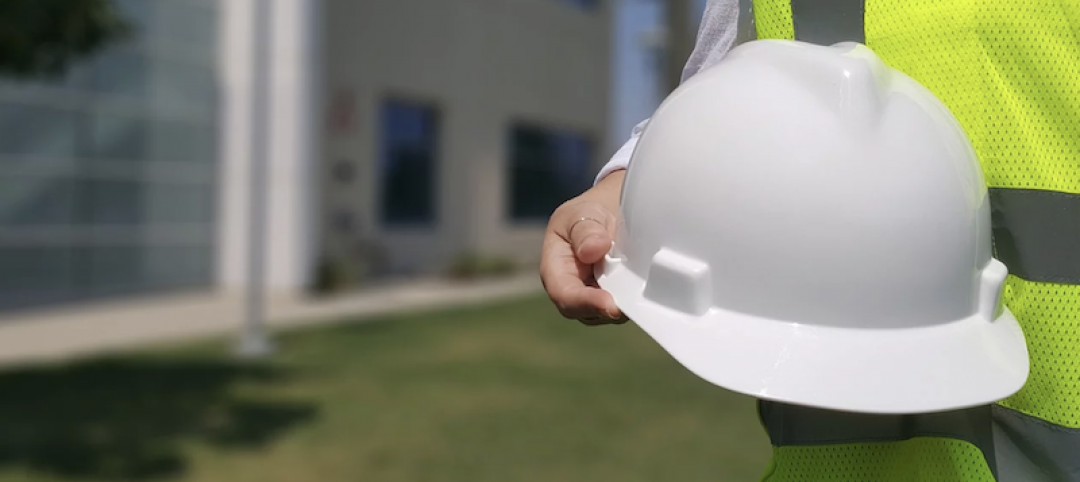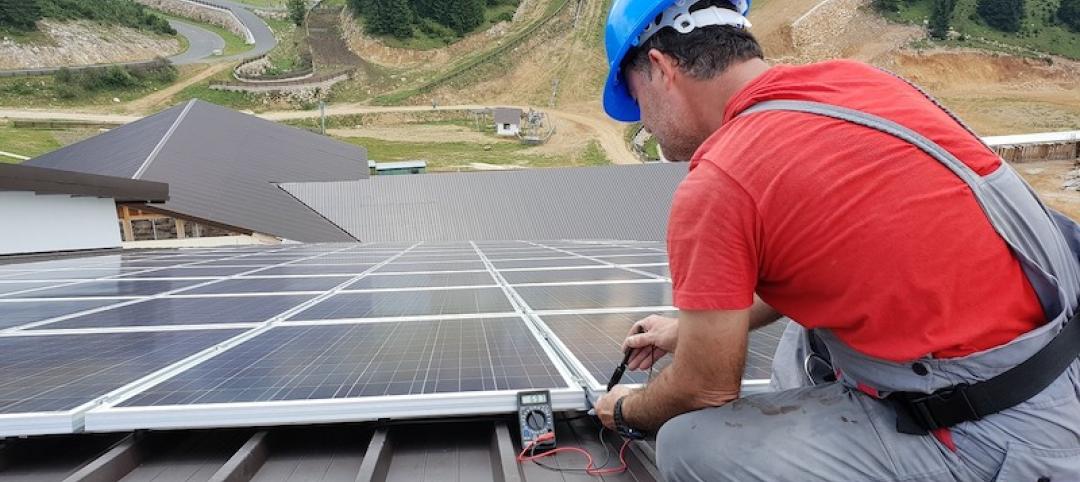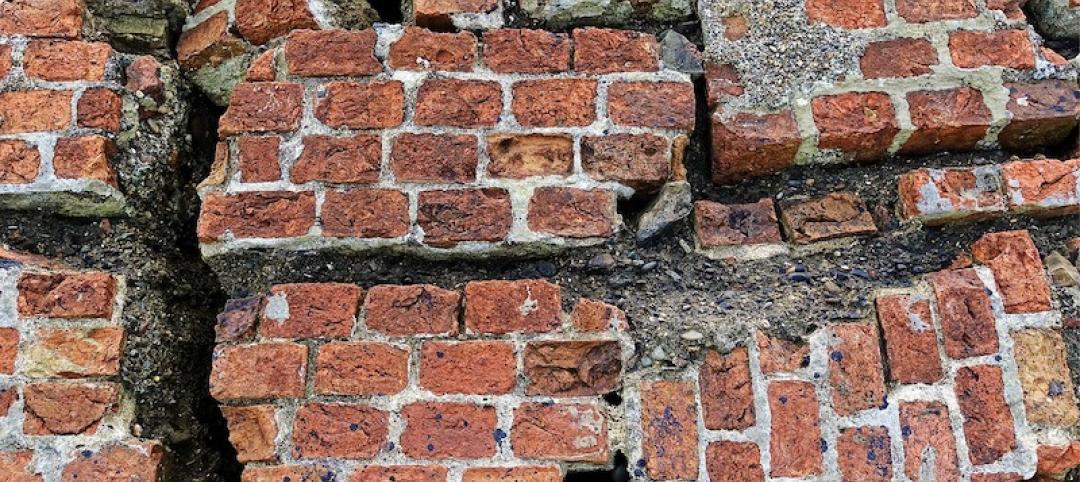In order to keep the global temperature from rising above pre-industrial levels by 2°C, all the world’s buildings must reach net zero carbon by 2050, according to a report by the World Green Building Council.
Keeping the global temperature increase below 2°C would avert the most serious consequences of climate change, scientists believe, and that goal is in line with the Paris Agreement on climate change. All new buildings must operate at net zero carbon by 2030, and all existing buildings must be renovated to operate at net zero carbon by 2050, the report says.
The building and construction sector is responsible for around 30% of global energy consumption and associated greenhouse gas (GHG) emissions. The WGBC estimates that only 500 net zero commercial buildings and several thousand net zero residential units currently exist in the world.
Thus, there is a need for several billion net zero buildings worldwide, the report says. The report also finds that net zero buildings can create jobs, improve energy security, and lower energy costs.
Related Stories
Codes and Standards | Mar 23, 2020
Contractors should scrutinize contracts carefully amid Covid-19 crisis
Compliance with time-sensitive notice requirements and careful documentation required.
Codes and Standards | Mar 23, 2020
Florida legislature passes bill to reduce retainage on state and local projects
House and Senate vote is nearly unanimous; law would go into effect Oct. 1.
Codes and Standards | Mar 20, 2020
Feds prod use of eminent domain to force people out of flood-prone homes
Local officials that don’t comply could lose federal money to combat climate change.
Codes and Standards | Mar 19, 2020
ASHRAE provides COVID-19 resources for operating, maintaining HVAC systems
Includes recently approved position document on Airborne Infectious Diseases.
Codes and Standards | Mar 19, 2020
CaGBC launches new version of its Zero Carbon Building Standard
Version 2 draws on lessons from more than 20 zero carbon projects.
Codes and Standards | Mar 16, 2020
Concrete industry reduces carbon footprint by 13% over five years
Result mostly due to more efficient use of Portland cement.
Resiliency | Mar 13, 2020
Feds push use of eminent domain to force people out of flood-prone homes
Local officials that don’t comply could lose federal money to combat climate change.
Codes and Standards | Mar 12, 2020
Design guide for sloped glazing and skylights updated for first time in 30 years
Helps with choosing proper glass for non-residential applications.
Codes and Standards | Mar 11, 2020
Two tree species native to the Northeast found suitable for CLT
Eastern white pine and eastern hemlock pass strength testing.
Codes and Standards | Mar 10, 2020
Prescient receives ICC certification for seismic resilience system
Technology suitable for buildings up to 12 stories in earthquake-prone areas.

















